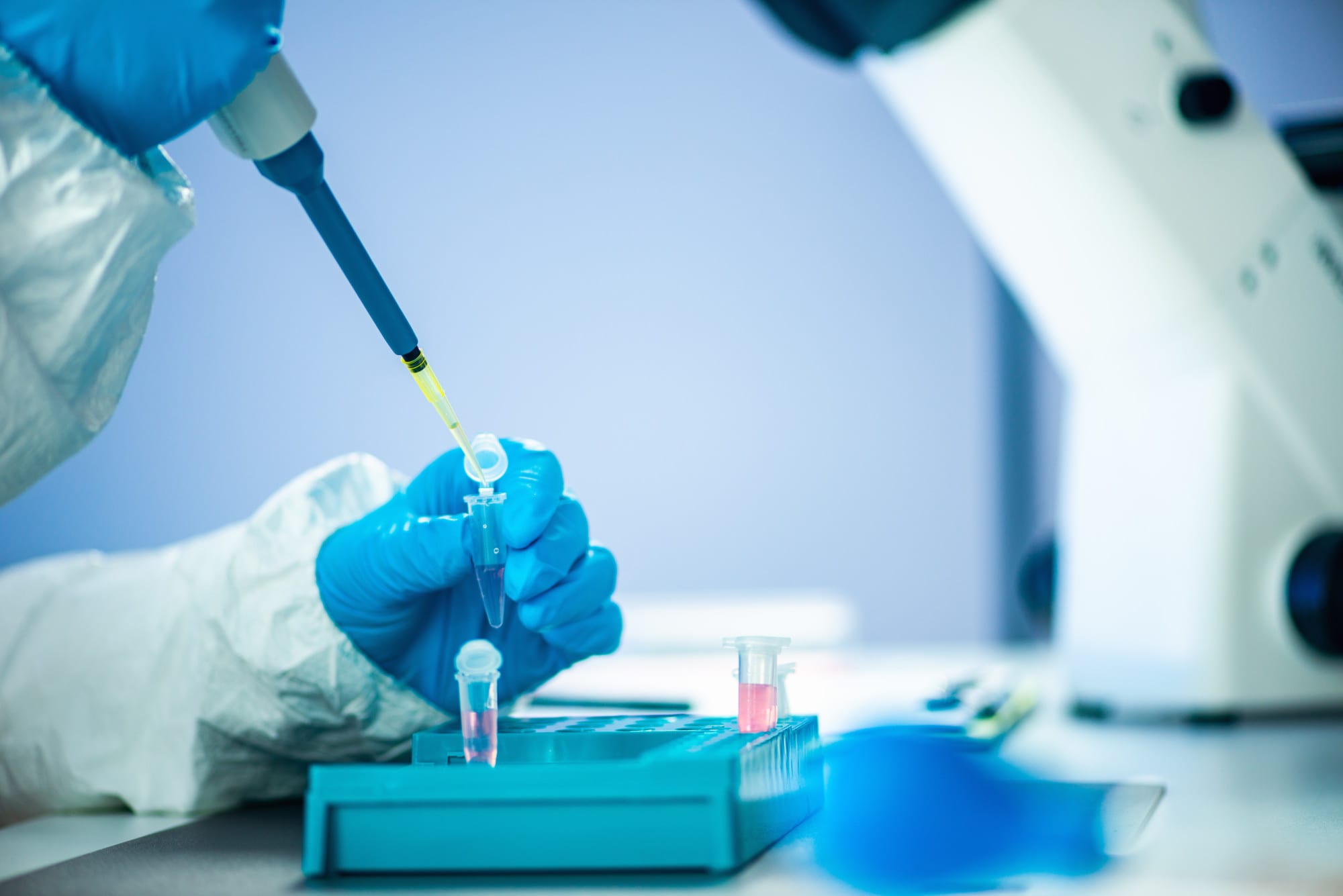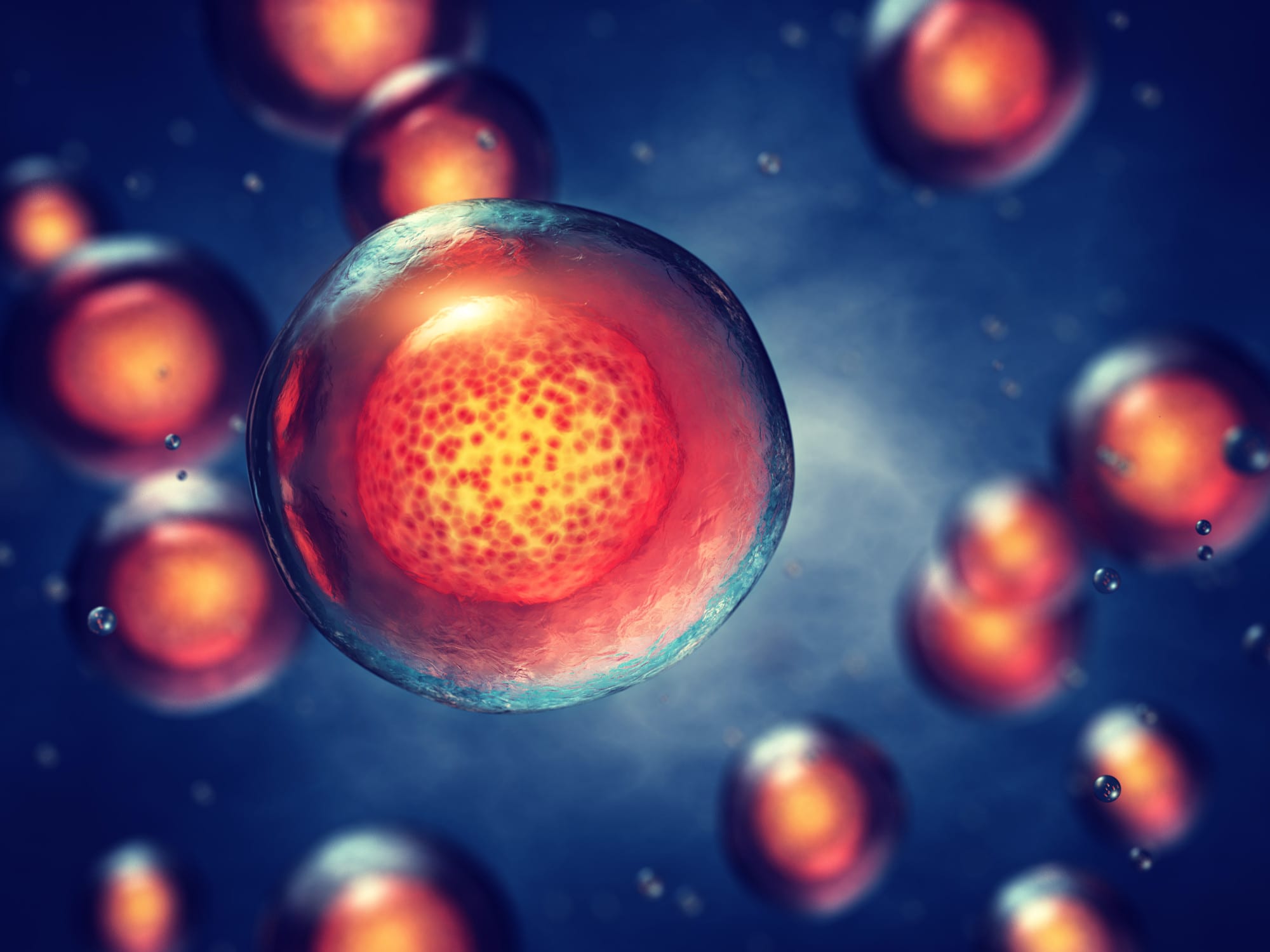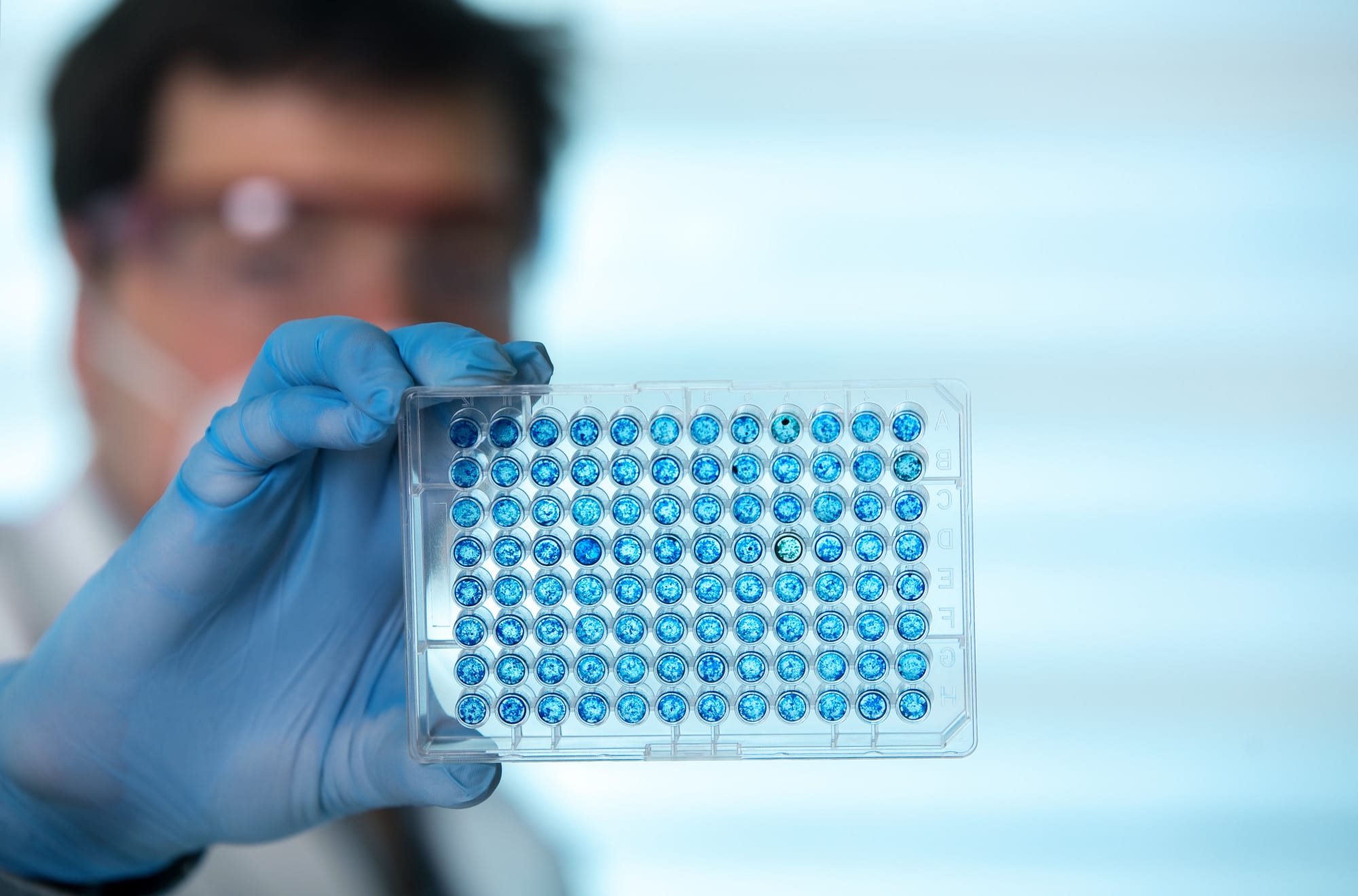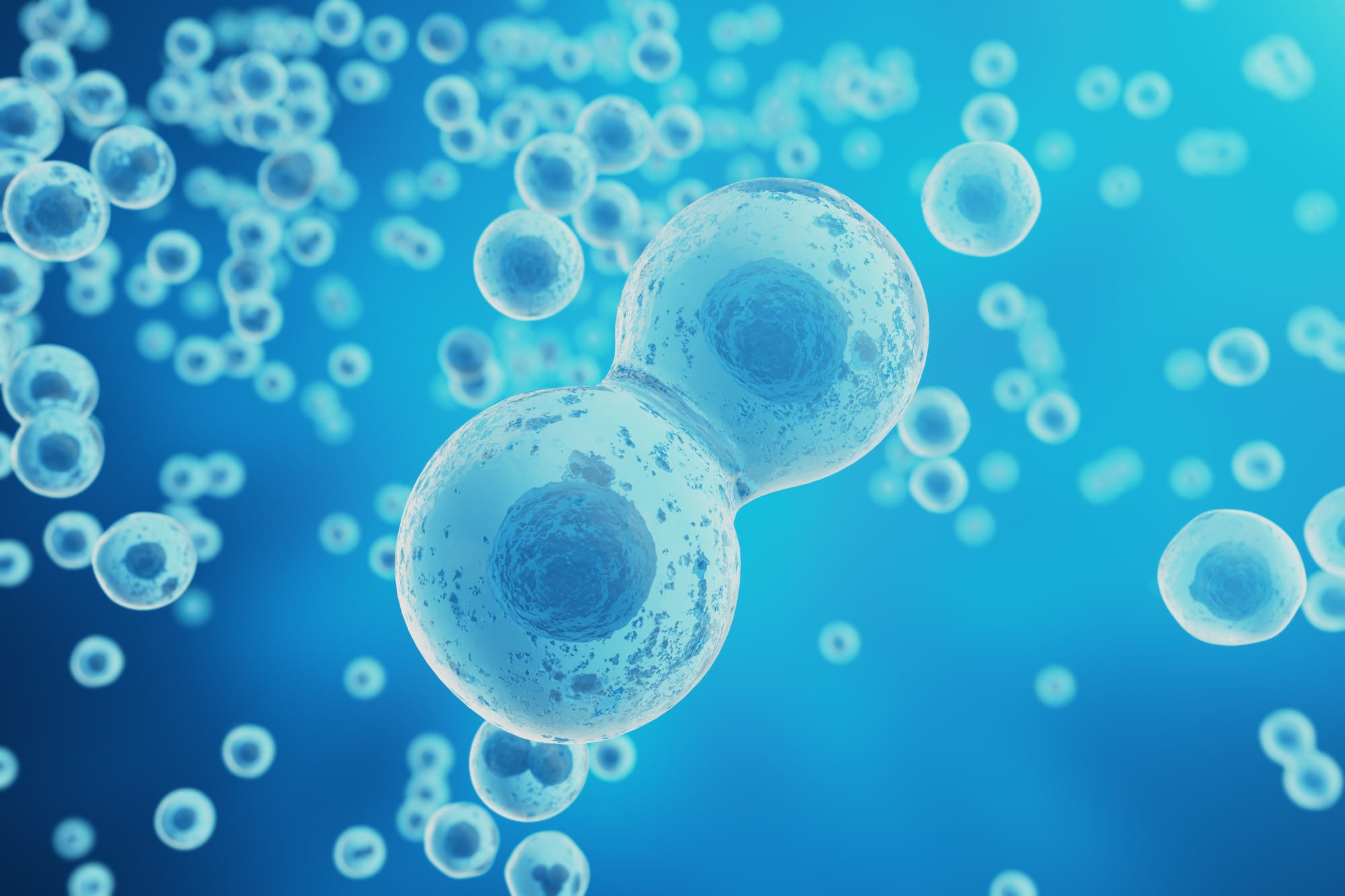Aches and pains are a fact of life for many of us, and can not only cause discomfort, but they can also lead to ongoing issues and health concerns. The longer you leave joint pain untreated, the worse your condition can get.
On top of that, many people find traditional joint pain difficult to treat. What’s supposed to be a standard knee pain treatment simply doesn’t give them the relief they’re hoping for.
The good news is that regenerative medicine techniques such as stem cell therapy have been on the rise. And, it’s been shown that these could be an effective alternative for chronic pain.
If you suffer from joint pain, it might be time to look into stem cell injections as an option. We’re here to break down joint pain stem cell therapy so that you can make an informed decision!
What Is Stem Cell Therapy?
To understand stem cell therapy, you need to understand what stem cells are. Stem cells are the building blocks of other cells with specialized functions.
Under the right conditions, stem cells can create new cells or specialized cells. For instance, they’ll create brain cells, bone cells, blood cells, or heart cells that will carry out a specific function.
Stem cells are the only kind of cells in the body that have the ability to regenerate in this way. Because of this, doctors and scientists have been exploring the use of stem cells to create new cells that a patient needs to help regenerate tissue.
In the case of stem cell therapy, this is more or less exactly what it sounds like. It’s a therapy that uses stem cells to help reduce symptoms caused by common inflammatory conditions and other diseases.
A few typical uses of stem cells include:
- Repairing cartilage damage
- Therapy for tendonitis
- Reducing joint pain from arthritis
- Osteoarthritis therapy
While this is certainly not an exhaustive list, it gives a good understanding of how doctors are using stem cells today. Many people who suffer from these types of diseases have seen improvements just from receiving stem cell therapy.
Where Do Stem Cells Come From?
There are several different places in the body where you can gather stem cells. And, each of these stem cells is a little bit different. A few different types of stem cells include:
Hematopoietic Cells: Adult stem cells which are found in bone marrow. They’re slightly more limited than other types of stem cells in the types of cells they can create. However, new research has been showing that they may be able to offer healing in more ways than we thought.
Adipose Stem Cells: Adipose stem cells are stem cells that are collected from fat tissue. They’re currently limited by the FDA to be used exclusively for cosmetic procedures.
Perinatal Stem Cells: Perinatal stem cells come from the Wharton’s Jelly in the umbilical cord and the placenta after a live healthy full-term delivery. These stem cells have matured and are considered adult stem cells. These stem cells can turn into all different types of human tissue that are needed for regeneration and have many different uses in regenerative medicine. These stem cells are the most recently discovered of the three.
The potential for stem cell therapy is huge, and doctors are currently discovering new ways that it can be used. The type of stem cells that your treatment requires will depend on what is being treated and the patient’s personal medical history, among other factors.
Why Are Stem Cells of Such Interest to Doctors?
Stem cell research is a relatively new field. However, in just a short time this area of regenerative medicine has come leaps and bounds and is being considered as a potential therapy for a number of different maladies.
Doctors and researchers alike are hoping that stem cell therapy will help in a number of other ways, too. They see the potential for stem cells to provide a better understanding of how diseases arise in the body and how we combat them.
Stem cells also offer the potential to assist with testing new drugs before going to market. Stem cells offer a great way for researchers to see the effects of a new medicine before it’s used on humans. This can help improve the safety of drug testing as well as provide greater insight into stem cells and their function.
With so many uses for stem cells and the incredible amount of information they can provide to us, this has become a hot topic in the world of medicine. Doctors and researchers are constantly discovering new uses and benefits of stem cells and stem cell therapy.
Who Should Get Stem Cell Therapy?
Because stem cell therapy has a powerful effect on the body, it’s typically used for conditions that aren’t responding well to other treatments. Or, it can be used to help rebuild damaged tissue or work as an anti-inflammatory.
Doctors tend to consider patients for stem cell therapy if they meet any of the following conditions:
- Their current treatment has stopped working
- They aren’t showing results from their current treatment
- Their body cannot withstand the recommended treatment
- They don’t want to undergo surgery
- They have tried other treatments that haven’t worked
Anyone who fits into this category may find that using a stem cell therapy can help improve their symptoms. And, the field of regenerative medicine is constantly growing and uncovering new uses for stem cell therapy.
How Does Stem Cell Therapy Work?
Receiving stem cell therapy is fairly straightforward. There are several different ways of administering stem cells to ensure that they are delivered to the patient in a way that will help them.
One of the most common ways to administer stem cell therapy is through injection. In these cases, the stem cells are injected into a joint. Or, they can be applied after surgery to repair and treat knee pain or other joint injuries.
Another common method of administering stem cells can be through an intravenous treatment, or IV. This type of therapy can be used for overall wellness. Please ask your doctor if this type of therapy could help you.
During stem cell treatments, doctors will often use ultrasound guidance to ensure the correct placement of the stem cells. This way they can more accurately administer the cells and help improve patient outcomes.
As you speak with your doctor about stem cell therapy, you’ll be advised on the best method to use for your particular needs. Each patient is different, which is why it’s so important to consult with your doctor before you make a decision.
Is Stem Cell Therapy Safe?
As with any kind of medicine, there are always a few risks to be aware of. However, stem cell treatment is generally considered extremely safe. This is especially true when using stem cells from the sources mentioned above. By using adult stem cells, doctors avoid negative reactions and limit side effects to minor pain from the needle poke.
The reason these types of treatments are so safe is that the body won’t reject the cells because either they come directly from the patient, or the cells have no immune system of their own. Perinatal tissue operates under the same principle by which a surrogate mother gives birth to a child which is not her own. Stem cells from perinatal tissue can be given to anyone without the need for blood or genetic matching.
Where stem cell therapy gets a little more complicated is when stem cells other than adult cells are used. These types of treatments are not allowed by the FDA but can be found in other countries. A few examples that carry a higher risk in stem cell therapy include:
- Using a mixture of stem cells and other chemicals
- Using stem cells that were grown in a lab
- Using embryonic stem cells
Final Thoughts on Stem Cell Therapy for Joint Pain
Stem cell therapy offers huge potential for people who are suffering from chronic pain or from joint troubles. It offers promising potential to use noninvasive and regenerative therapy to target problematic areas in the body.
If you’re considering getting stem cell therapy, you’re in the right place. The Stem Cell Institute of Hawaii provides the islands with stem cell therapy that can serve a number of different patients. Reach out to our team today and we’ll help you identify whether stem cell therapy might be the right option for you.







